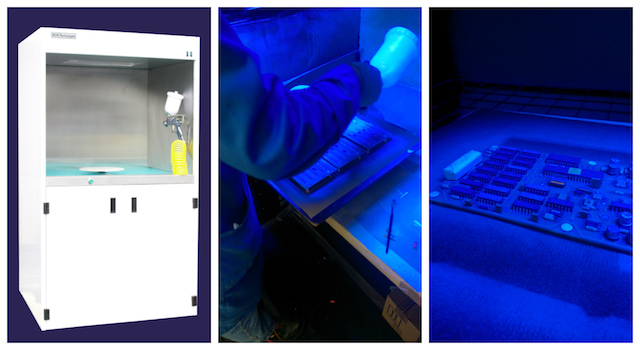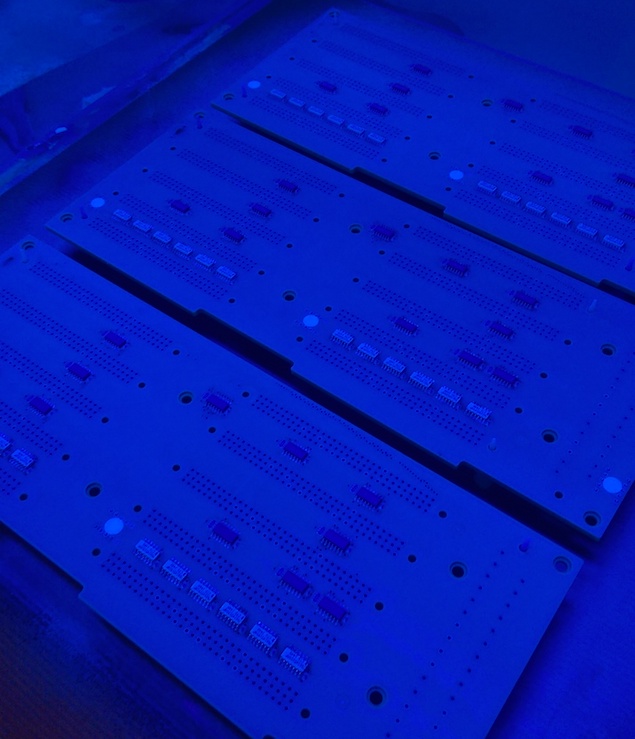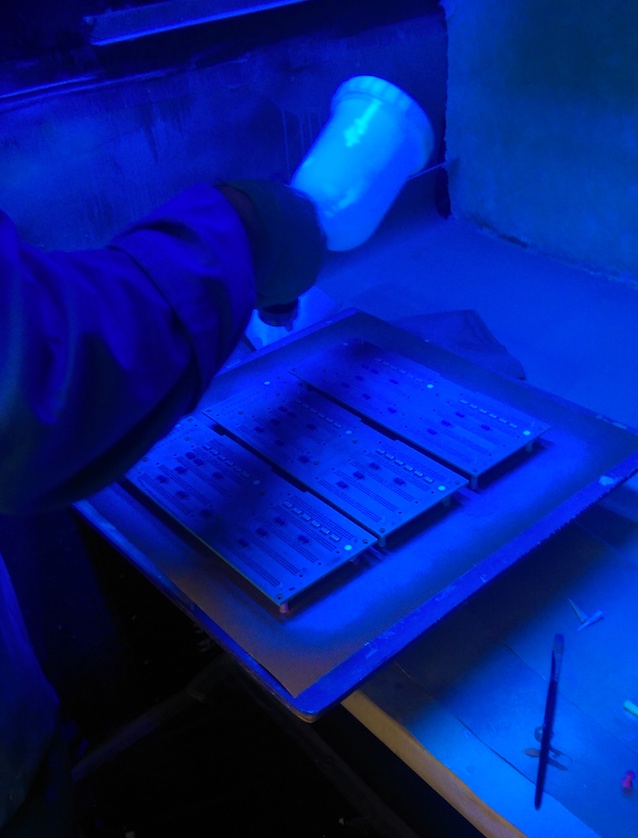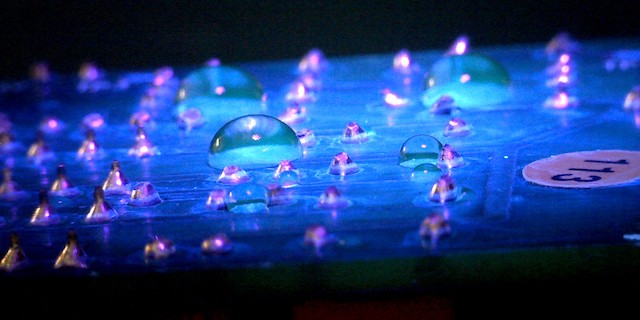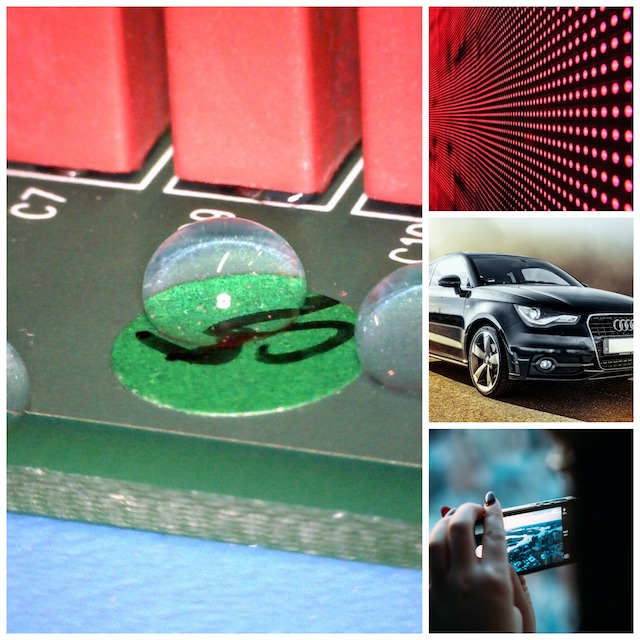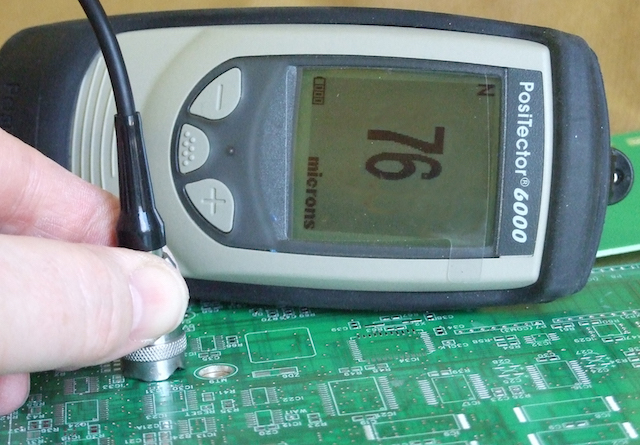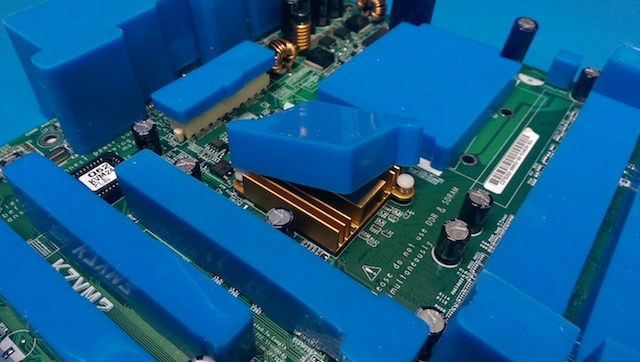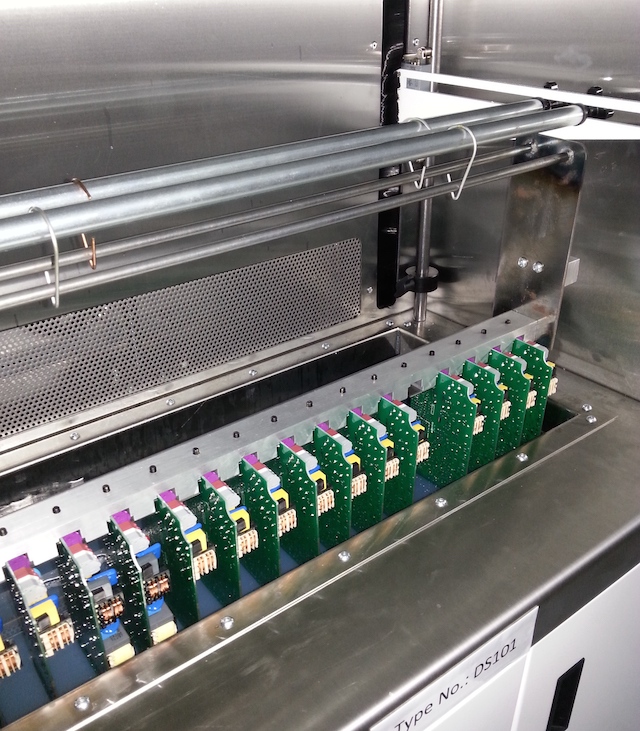UL are the Underwriters Laboratories and are a global safety certification body for consumer electronics. They are a 3rd Party test service. There is no self-certification available. A qualification to UL can be used as a sign of quality control and testing independently of the coatings protective ability.
When do you need UL?
Sometimes it may be required that the conformal coating needs UL approval to be applied to a circuit board. It will depend on the market the electronics goes into. UL approved coatings can be used on electronics in many diverse sectors such as the domestic home, industrial controls, telecommunications and aerospace.
In fact, in nearly all areas conformal coatings tend to be used for protection.

UL approved coatings can be requested in nearly all areas conformal coatings tend to be used for protection for electronics including domestic home, industrial controls, telecommunications and aerospace.
What standards are used from UL for conformal coatings?
For conformal coating, two parts of the UL standards are important. These are:
- UL 94: Standard for Safety of Flammability of Plastic Materials for Parts in Devices and Appliances testing.
- UL 746E: Standard Polymeric Materials: Industrial Laminates, Filament Wound Tubing, Vulcanized Fiber and Materials Used in Printed-Wiring Boards
The two standards together control the quality of the conformal coating.
UL 94
- It is a plastic material flammability standard.
- The standard classifies plastics according to how they burn in various orientations and thicknesses.
- UL 94 measures conformal coating material’s tendency either to extinguish or to spread the flame once the test specimen has been ignited.
For conformal coatings the test coupons are normally tested horizontally. Tests are normally conducted on coupons of the minimum approved thickness with different types of laminate. The conformal coating thickness range also is normally specified.
The ratings are as follows:
- V-2 burning stops within 30 seconds on a vertical specimen; drips of flaming particles are allowed.
- V-1: burning stops within 30 seconds on a vertical specimen; drips of particles allowed as long as they are not inflamed.
- V-0: burning stops within 10 seconds on a vertical specimen; drips of particles allowed as long as they are not inflamed.
Most conformal coatings aim to achieve V-0 status (top result).
UL 746E
UL 746E is the Standard Polymeric Materials: Industrial Laminates, Filament Wound Tubing, Vulcanized Fiber and Materials Used in Printed-Wiring Boards
UL 746E measures the ignition resistance of the conformal coating to electrical ignition sources. The conformal coating material’s resistance to ignition and surface tracking characteristics is described in UL 746E.
Find out how we can help you with your conformal coating process now.
Contact us now to discuss your needs and let us explain how we can optimise your process for you.

 Call: +44 (0)1226 249019
Call: +44 (0)1226 249019 Email:
Email: 


